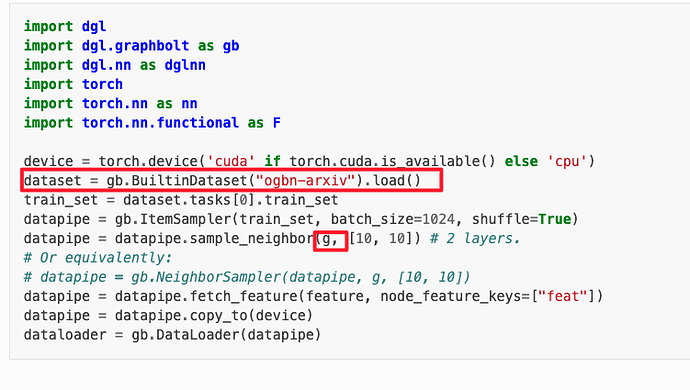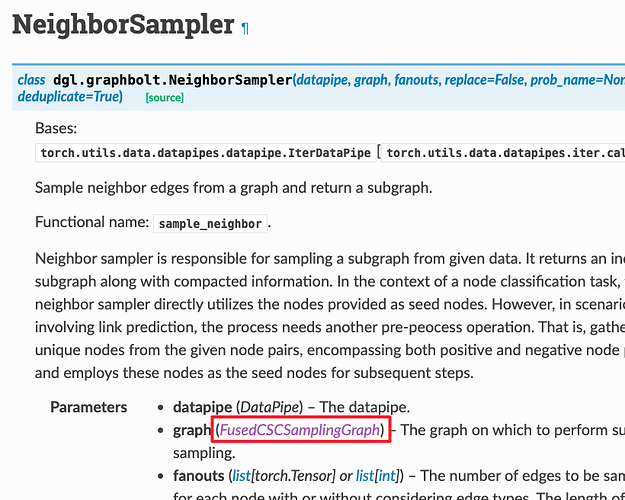There is a very [large graph] in my code and I am trying to break it [into sub-graph]
A sad story is that when I try this over my graph:
my_graph = dgl.graph(edge_list, idtype=dtype)
item_set = gb.ItemSet(torch.arange(my_graph.num_nodes(), dtype=torch.int32), names="seed_nodes")
This does not work
I checked more in Docs and found:
Ok, the graph type may be wrong…
Here is the question, doc:
So confused, need more explanation and help, to convert [my graph] into this [CSC graph]
Grateful



